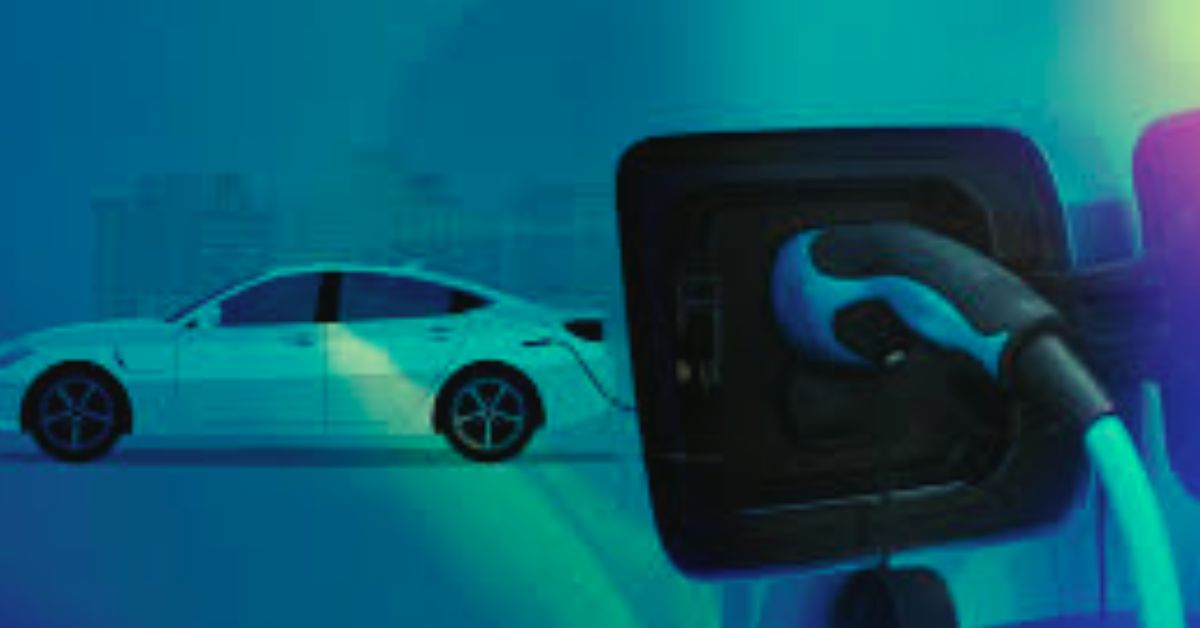As the world shifts towards a more sustainable future, electric vehicles (EVs) are gaining traction as a viable alternative to traditional gasoline-powered cars. However, one of the key challenges hindering the widespread adoption of EVs is the availability and efficiency of charging infrastructure. To address this issue, numerous innovations in charging stations are emerging, paving the way for a more accessible and efficient EV charging experience. This article explores some of the most exciting advancements in this area.
1. Ultra-Fast Charging Technology
One of the most significant breakthroughs in EV charging is the development of ultra-fast charging technology. Traditional charging stations can take several hours to fully charge an electric vehicle. However, new ultra-fast chargers can provide up to 350 kW of power, allowing an EV to charge to 80% in just 15-30 minutes. This technology utilizes advanced battery management systems and high-performance connectors, making long-distance travel more feasible for EV owners.
2. Wireless Charging Solutions
Wireless charging technology is transforming the way electric vehicles are powered. By eliminating the need for physical connectors, this innovative method allows drivers to charge their cars simply by parking over a charging pad. Companies like WiTricity and Qualcomm are leading the charge in developing this technology, which could significantly enhance user convenience. This charging method is particularly useful in public spaces and homes, offering a seamless and effortless charging experience.
3. Solar-Powered Charging Stations
As sustainability remains a top priority, solar-powered charging stations are gaining popularity. These stations harness solar energy to generate electricity, providing a clean and renewable source of power for EVs. Many solar charging stations are equipped with battery storage systems, allowing them to store excess energy for use during cloudy days or nighttime. This innovation not only reduces reliance on the grid but also promotes the use of green energy in the EV ecosystem.
4. Smart Charging Infrastructure
The rise of smart technology is also making its way into EV charging stations. Smart charging solutions allow for real-time monitoring and management of charging sessions through mobile apps or web interfaces. These platforms enable users to find available charging stations, reserve slots, and receive notifications when their vehicle is fully charged. Additionally, smart charging systems can optimize energy usage by scheduling charging during off-peak hours, reducing costs for both users and utility companies.
5. Charging Stations Integrated with Renewable Energy
To further enhance sustainability, some charging stations are being integrated with wind and solar energy systems. By combining multiple renewable energy sources, these stations can provide a more reliable and eco-friendly charging solution. This integration not only decreases carbon emissions but also reduces the overall demand for non-renewable energy sources, contributing to a greener planet.
6. Battery Swapping Stations
Battery swapping is an innovative approach that allows EV owners to exchange their depleted battery for a fully charged one at designated swapping stations. This method eliminates the waiting time typically associated with charging and can be completed in just a few minutes. Companies like NIO have already implemented this model, providing a unique solution to the challenge of long charging times. Battery swapping stations could become increasingly popular, especially in urban areas where convenience is paramount.
7. Improved User Experience with Mobile Apps
Mobile applications are playing a crucial role in enhancing the user experience of electric vehicle charging. Many charging networks now offer dedicated apps that provide real-time information about charging station availability, pricing, and compatibility. These apps can also facilitate payment processes, making it easier for users to find and use charging stations. Additionally, some applications allow users to monitor their vehicle’s charging status remotely, ensuring a hassle-free experience.
Conclusion
As electric vehicles become more mainstream, the innovations in charging stations will play a pivotal role in shaping the future of transportation. From ultra-fast chargers to solar-powered stations and smart technology, these advancements are making EV ownership more convenient and sustainable. By investing in and adopting these innovations, we can create a robust charging infrastructure that supports the transition to a greener, more electric future. The road ahead looks promising, and with continued innovation, the electric vehicle landscape will only continue to flourish.
